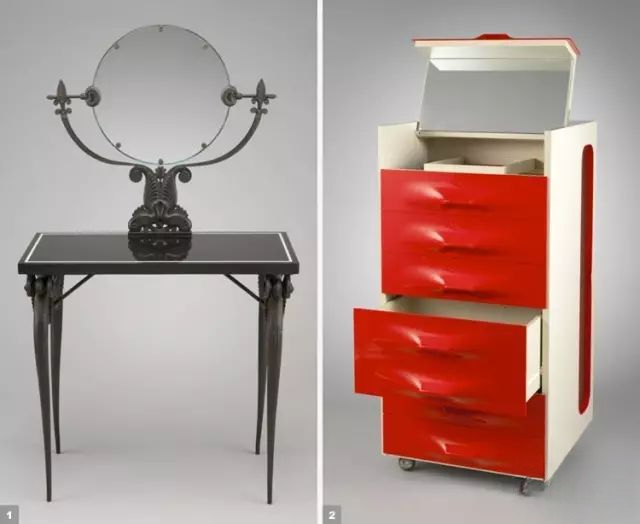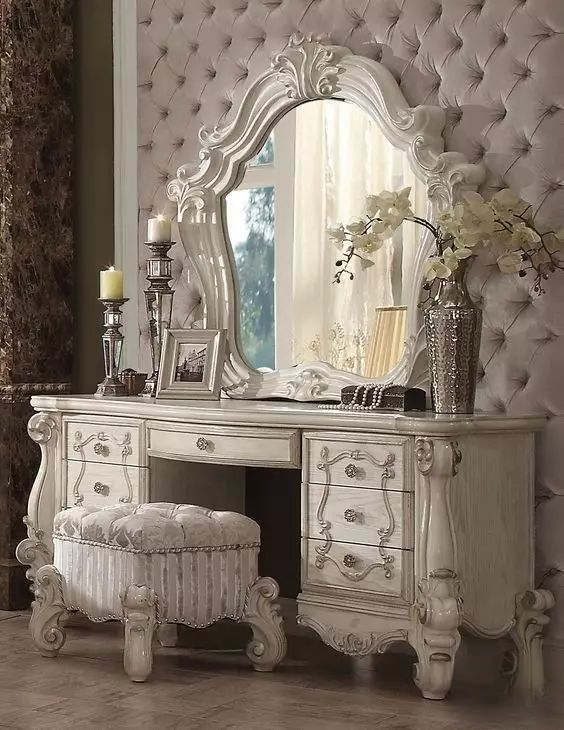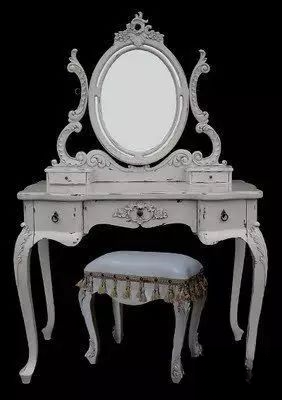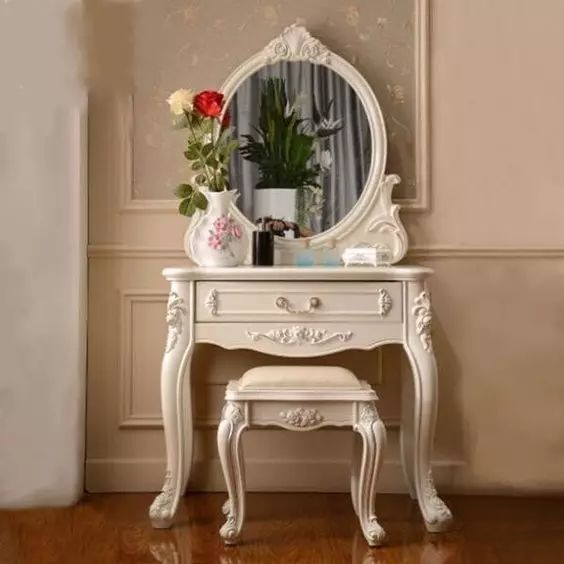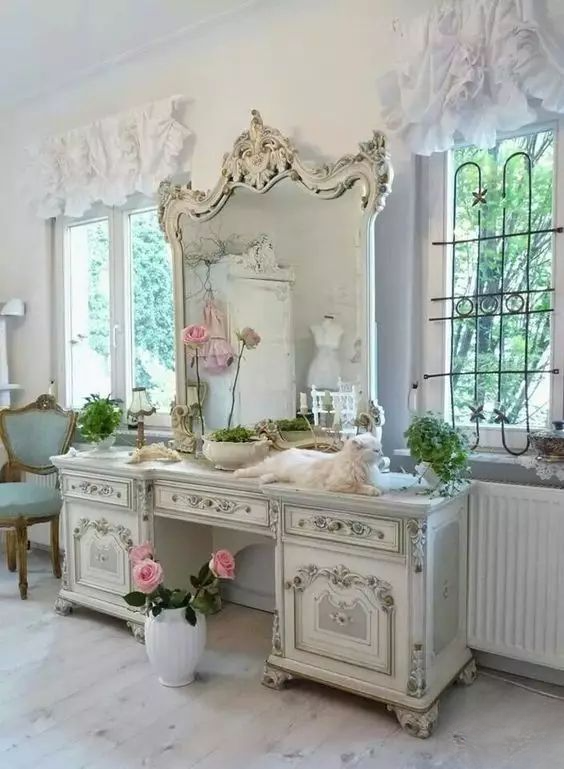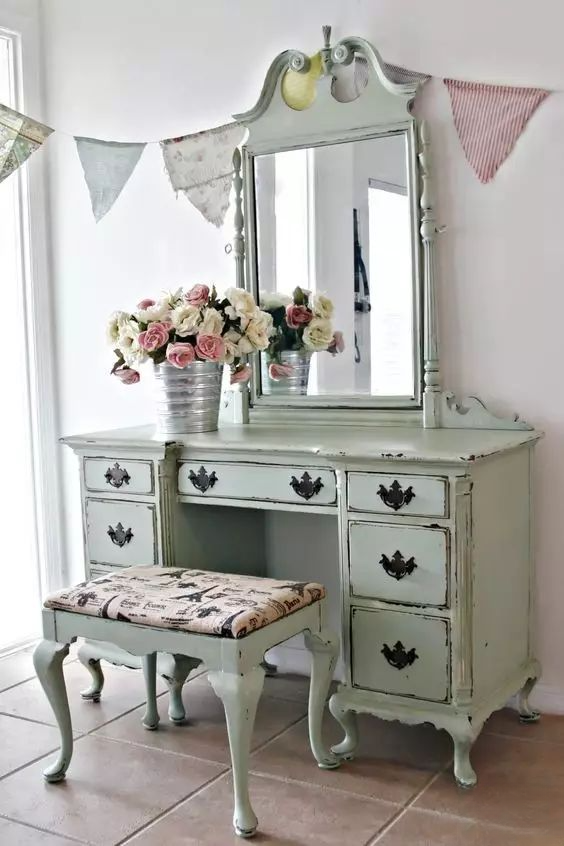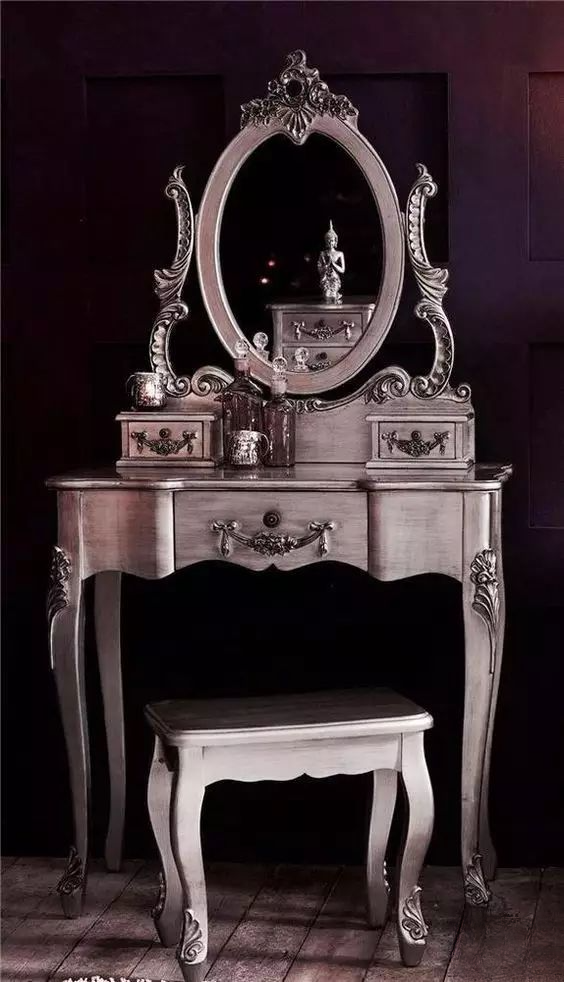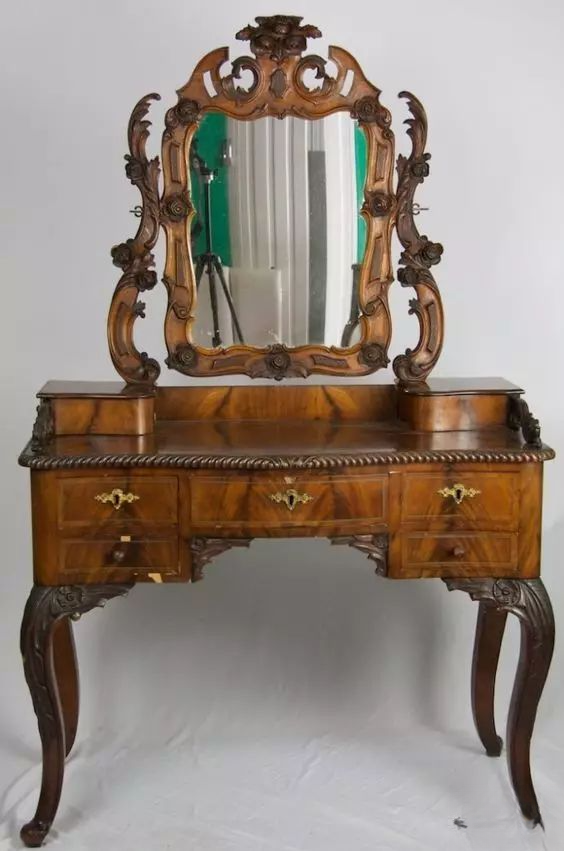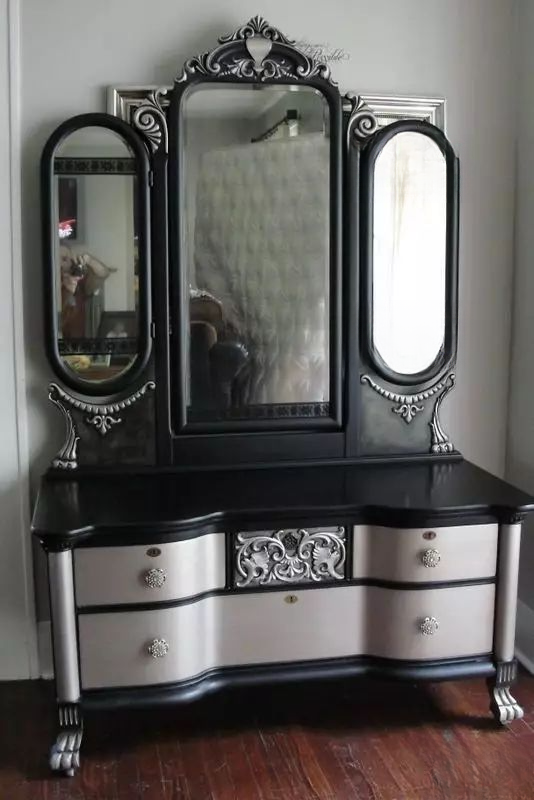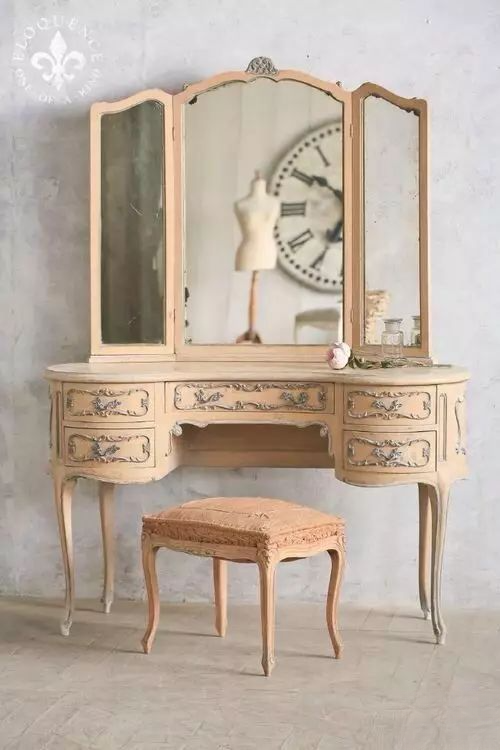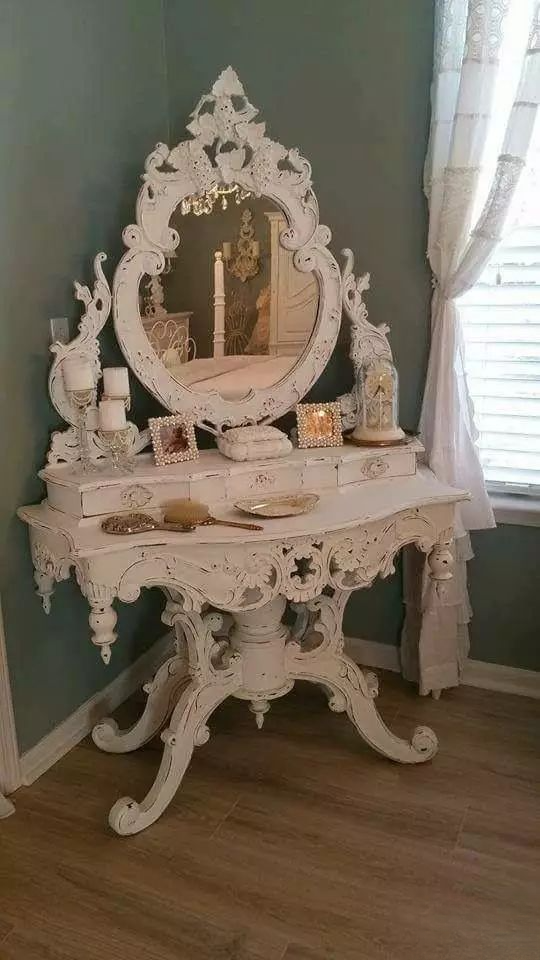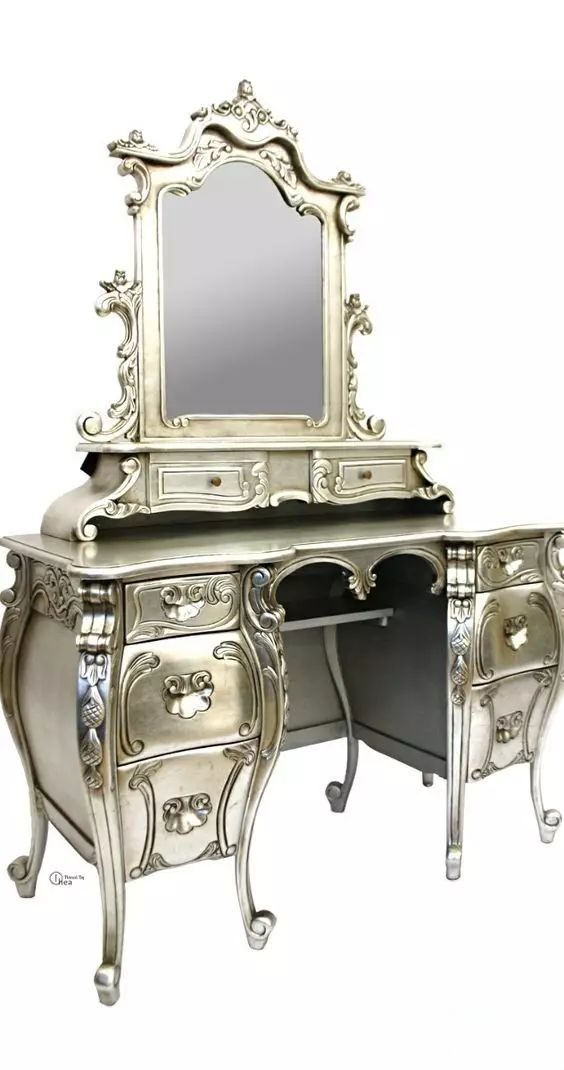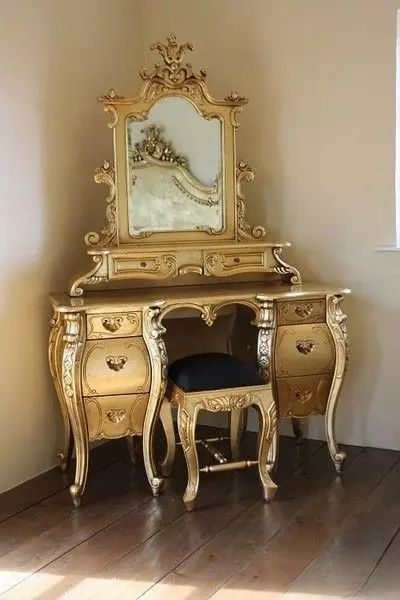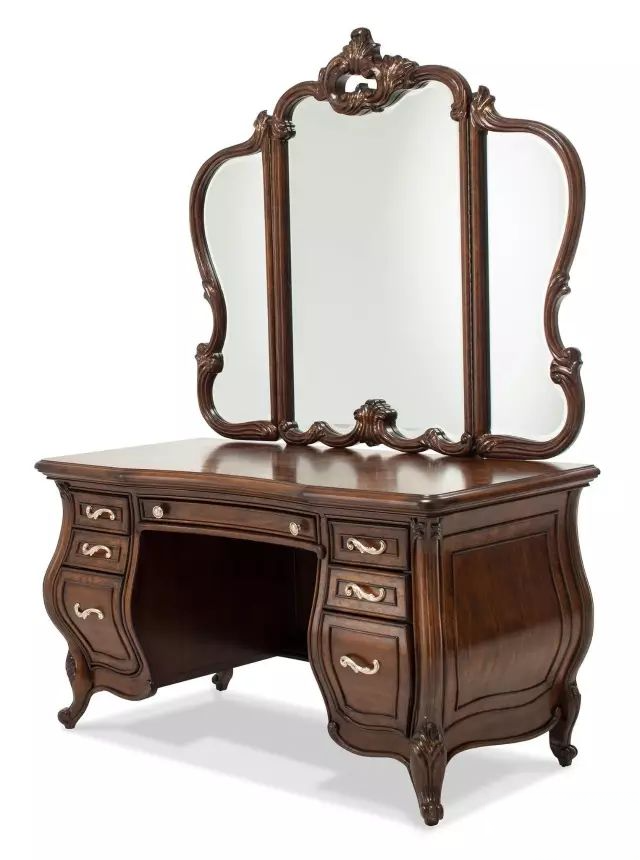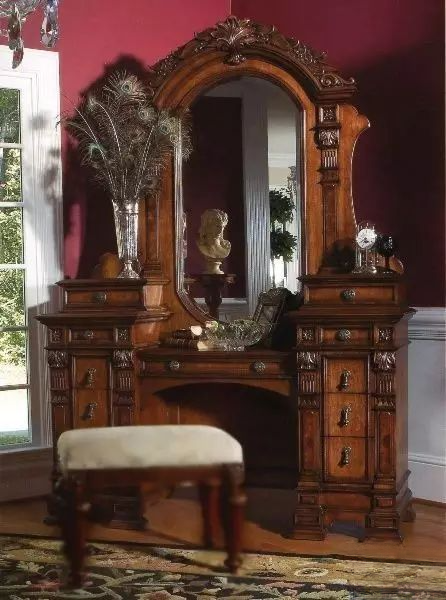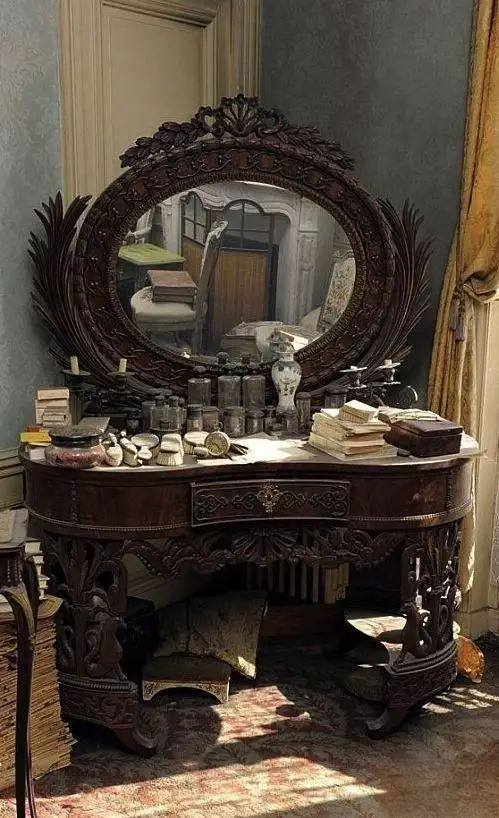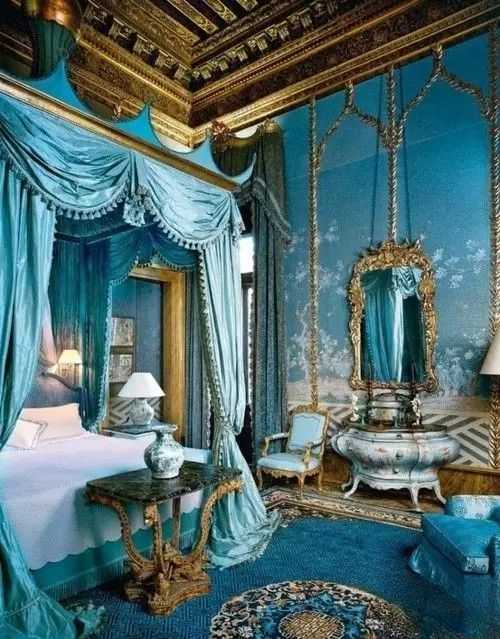Western Classical Furniture Dressing Tables Lowboy, Highboy and Vanity
Today, let’s learn about Western-style dressing tables together.
Let's talk about Lowboy first. It's a very interesting name, literally translated as short boy. He looks like this.
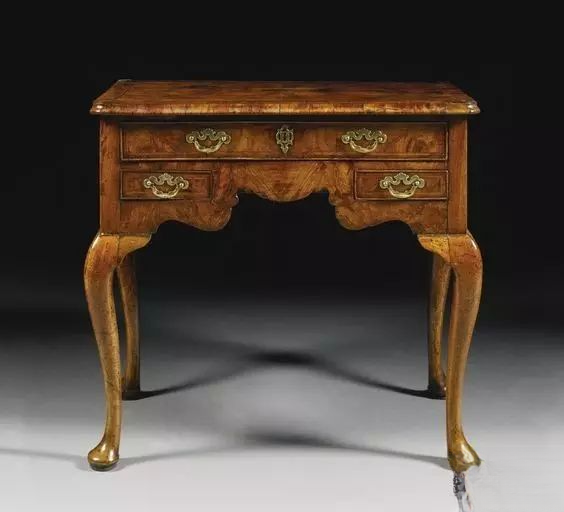
A lowboy is an American collectors term for one type of dressing table, vanity, or duchess (Australian English). It is a small table with one or two rows of drawers, so called in contradistinction to the tallboy or highboy chest of drawers.
Lowboy is a term used by American collectors to refer to a type of dresser, which is a small table with one or two rows of drawers. The name is used to distinguish it from a tallboy or highboy cabinet. . . . . . Oh, and there are tallboys! They look like this.
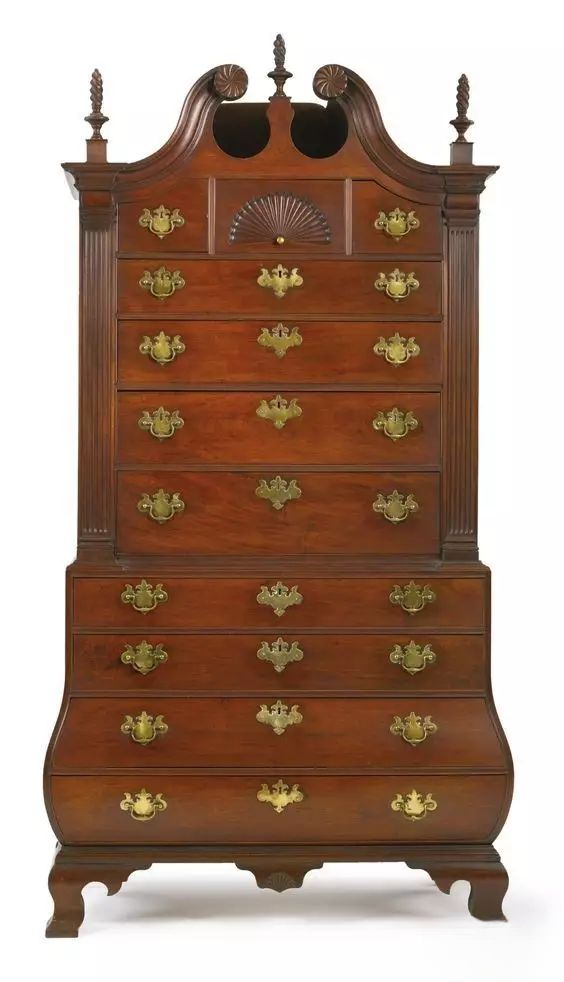
Both lowboy and tallboy were favourite pieces of the 18th century, both in England and in the United States; the lowboy was most frequently used as a dressing-table, but sometimes as a side-table.
Both the shortboy and the tallboy were the most popular furniture in the 18th century, and were very popular in both the United States and the United Kingdom. The shortboy was usually used as a dressing table, and sometimes as a side table.
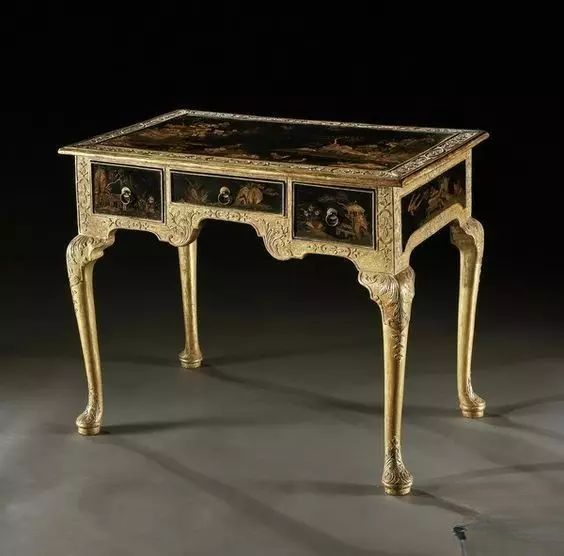
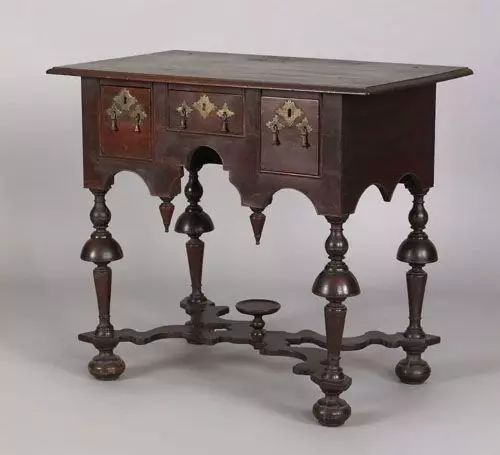
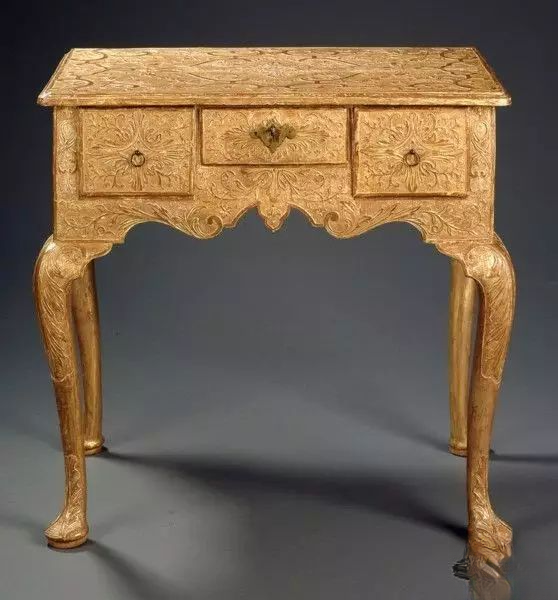
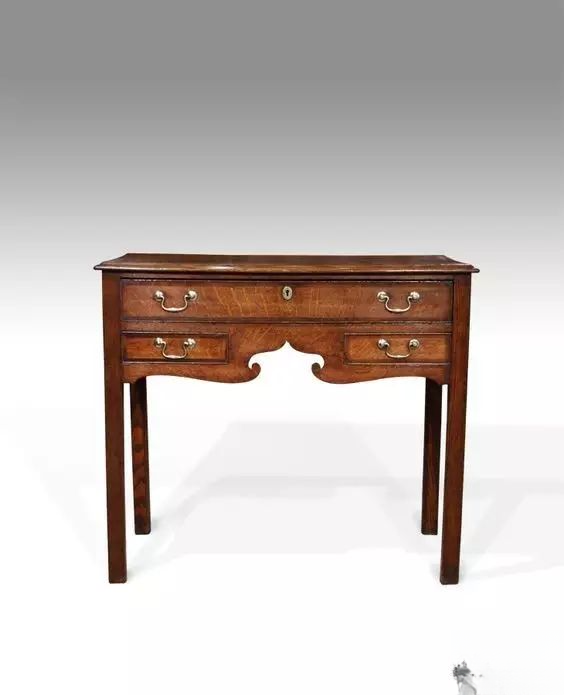
It is usually made of oak, walnut or mahogany, with the drawer-fronts mounted with brass pulls and escutcheons. The more elegant examples in the Queen Anne, early Georgian, and Chippendale styles often have cabriole legs, carved knees, and slipper or claw-and-ball feet. The fronts of some examples also are sculpted with the scallop-shell motif beneath the centre drawer.
It is usually made of oak, walnut or mahogany, with brass pulls and shields mounted on the drawer fronts. Queen Anne, Early Georgian and Chippendale style tables often have cabochon legs, carved table legs, claw feet. Some tables also have shell-patterned carvings on the fronts below the center drawer.
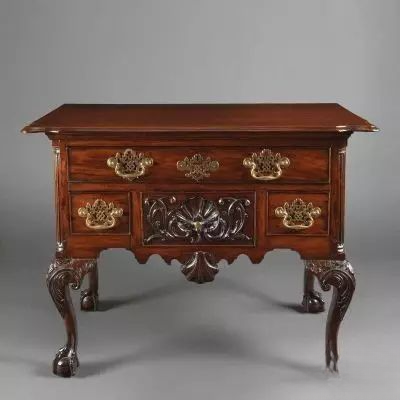
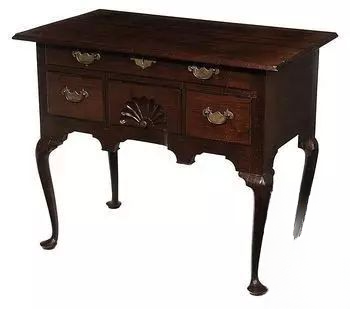
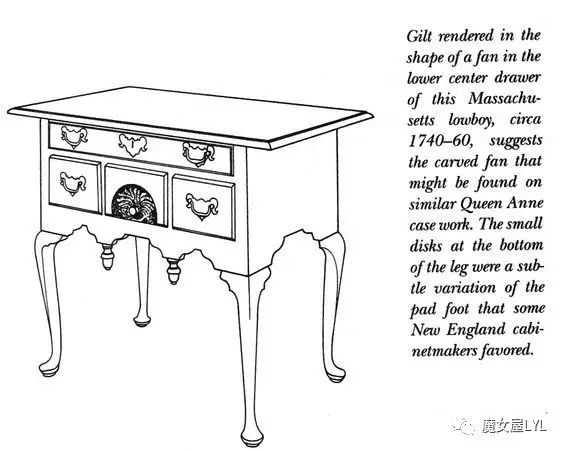
Queen Anne lowboy , 1740 - 60.
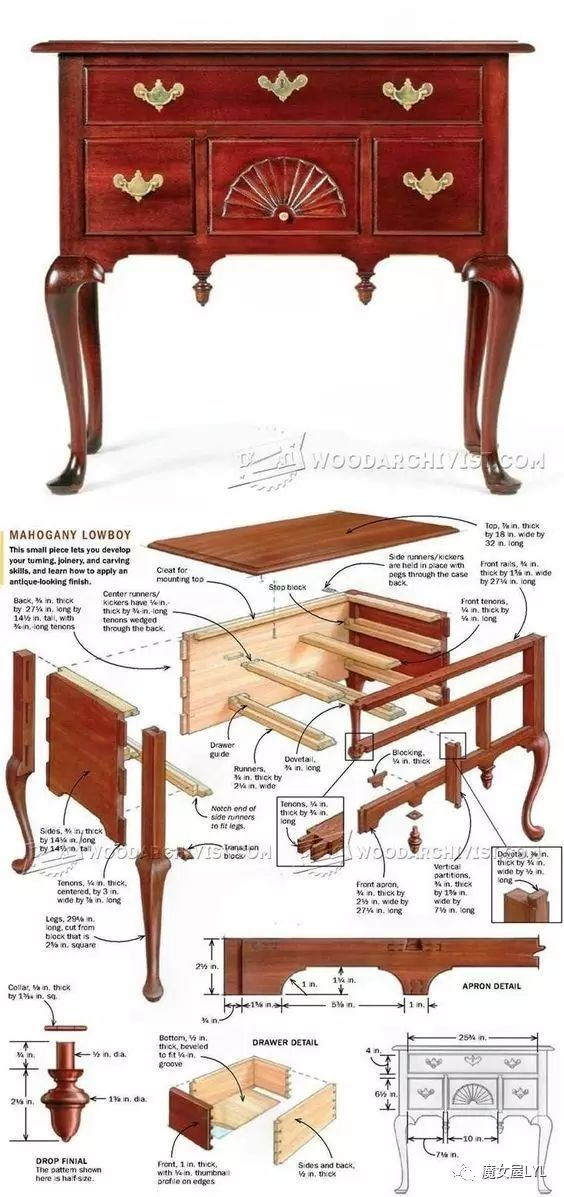
Since a tallboy is not a dressing table, I will just briefly mention it in this article. . . . . .
A tallboy is a piece of furniture incorporating a chest of drawers and a wardrobe on top. A highboy consists of double chest of drawers (a chest-on-chest), with the lower section usually wider than the upper.A lowboy is a table-height set of drawers designed to hold a clothes chest,which had been the predominant place one stored clothes for many centuries.
A "tallboy" is a piece of furniture that combines a wardrobe with a number of drawers. It is usually a double-layer design, with the lower part wider than the upper part. The lower part can be regarded as a separate lowboy, which has been the main wardrobe used by Westerners for many centuries to store clothes.
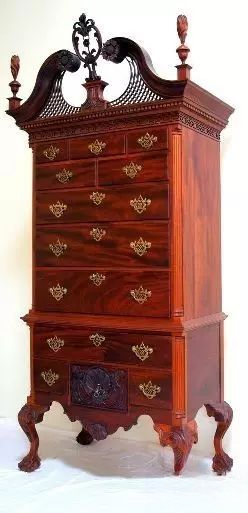
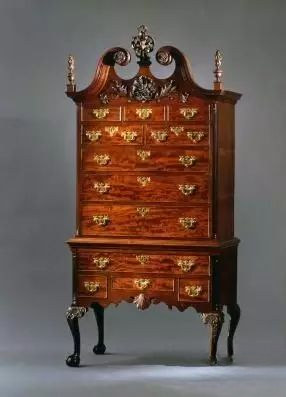
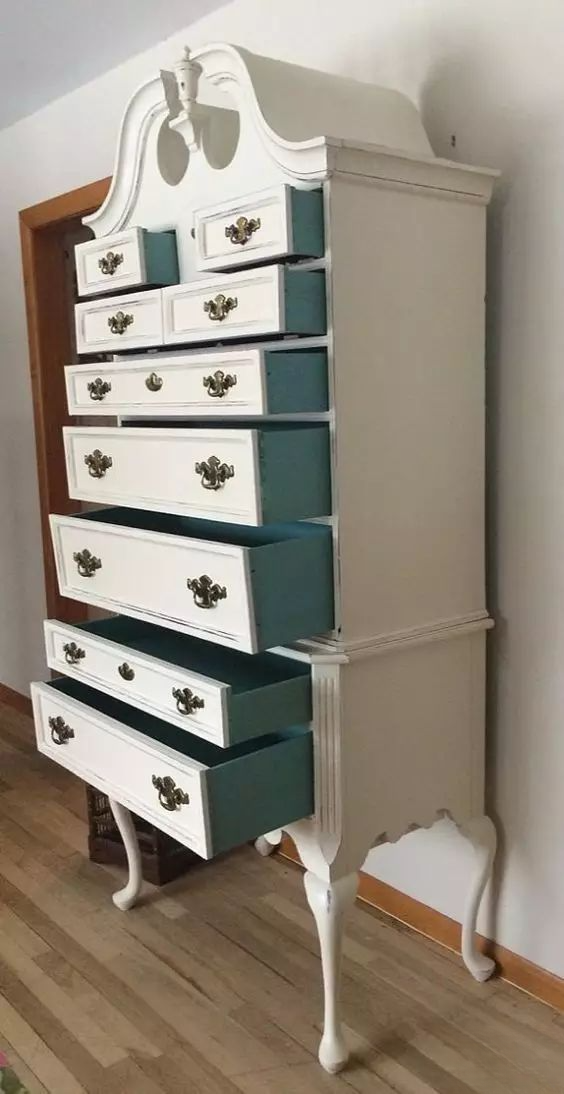
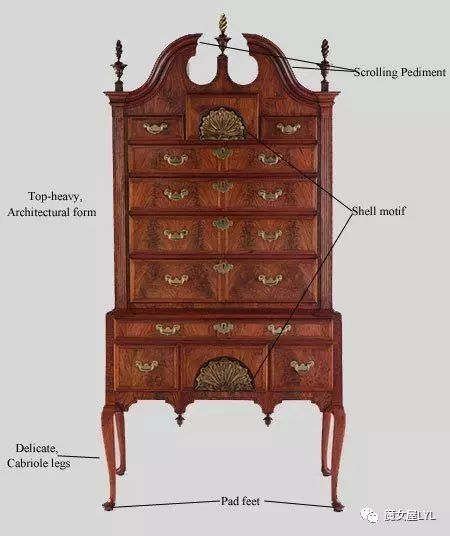
Queen Anne style highboy, identified by the shell pattern
Another term for a dressing table equipped with mirrors is vanity and is used to applying makeup or fashion accessories.
Well, today I am mainly going to share with you the gorgeous Vanity. The word itself is very interesting, meaning "vanity", which is perfect to describe the dressing table.
The biggest difference between a vanity and a lowboy is that there is an extra large mirror. This mirror is a very important dressing prop! Girls can’t live without it.
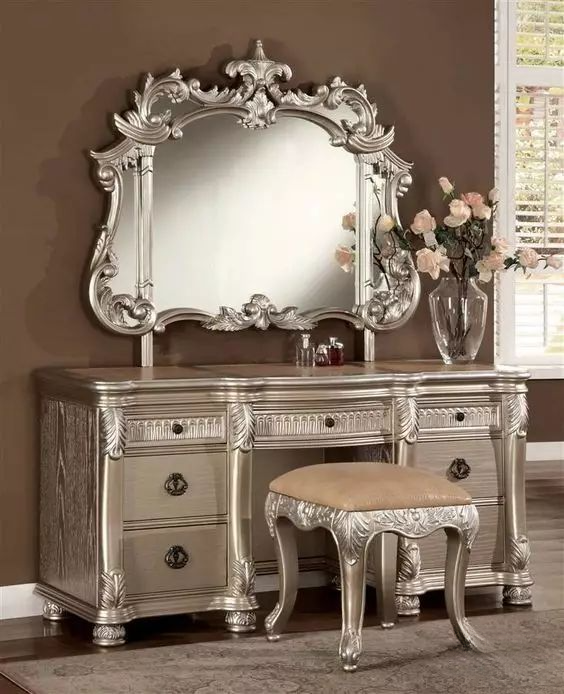
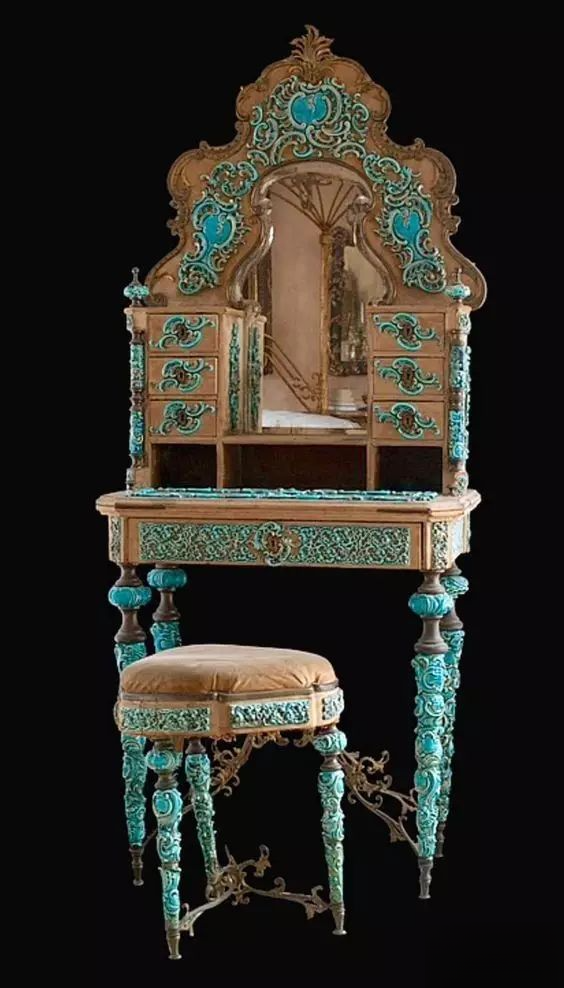
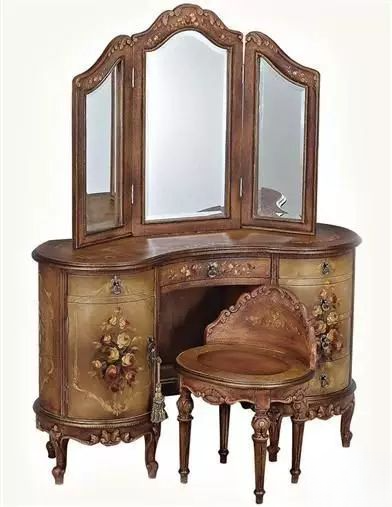
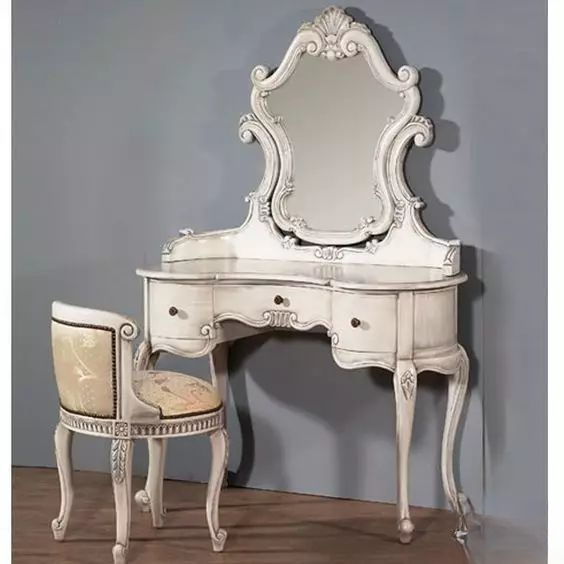
The history of dressing tables can be traced back to ancient Egypt, where the ancient Egyptians used an elaborately decorated box to store beauty products as part of their daily beauty rituals: cosmetics, perfumes and various essential oils, as well as mirrors and beauty tools.
The ancient Egyptians created beautifully decorated boxes to hold the necessary paraphernalia for daily beauty rituals: cosmetics, bottles for exquisite fragrances and exotic oils, makeup and mirrors. Its inspiration may lie in the distant past, but the vanity, or dressing table, as we know it today, dates back to 17th century Europe, specifically France and England, where the upper classes of society commissioned luxurious furnishings from artisans and skilled furniture manufacturers.
However, the dressing table as we know it today - Vanity - originated in 17th century Europe, especially France and Britain. The upper class at that time liked luxurious furniture made by skilled craftsmen.
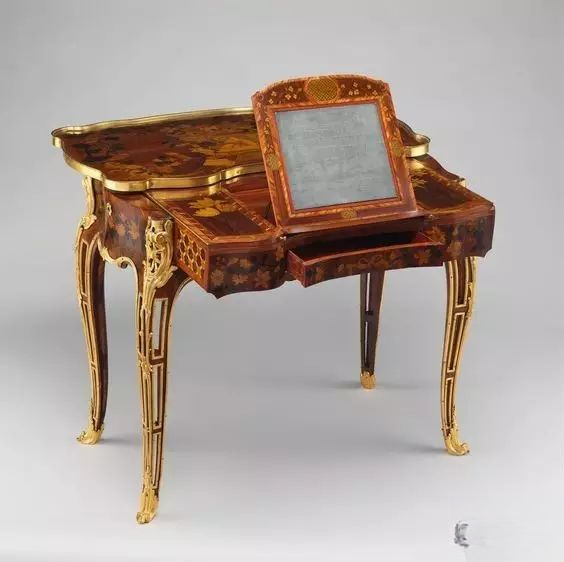
Dressing table of French socialite Madame Pompadour
A movable mirror equipped with a mechanism.
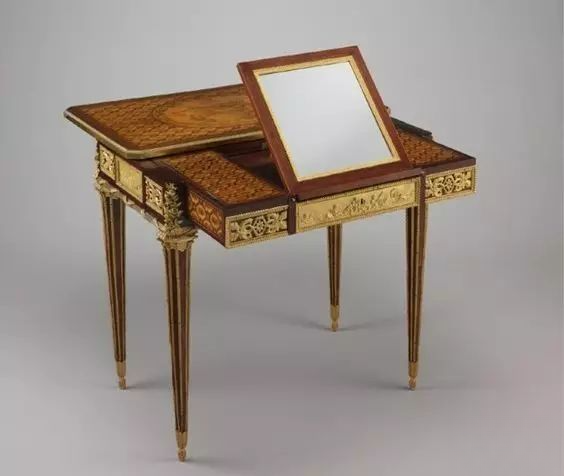
Dressing tables have been very popular since their birth, and various styles have been developed to this day. In the 21st century, a large, gorgeous dressing table with a mirror is still every girl's favorite piece of furniture. As long as women continue to put on makeup and dress themselves up, dressing tables will always be indispensable.
Here, I pay tribute to human vanity!
